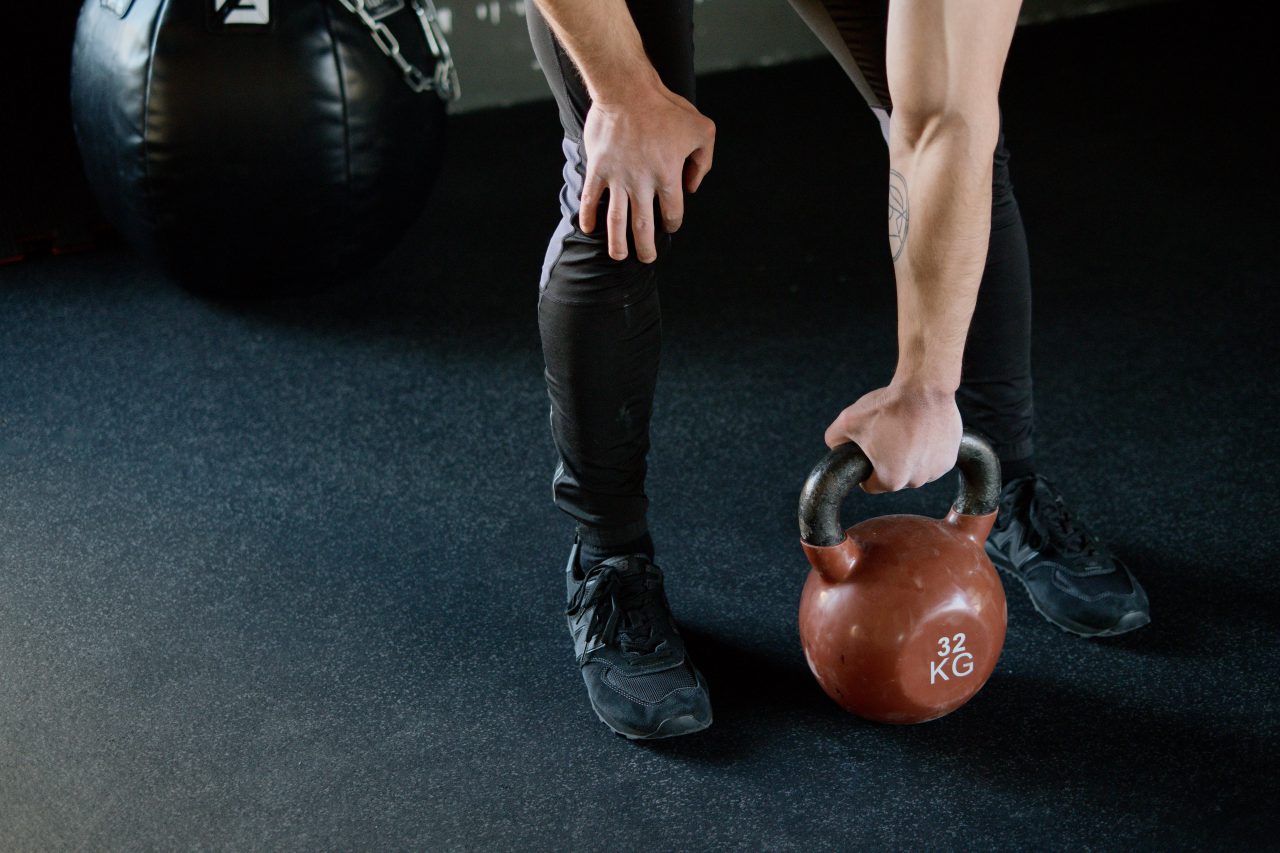
For years, the same question has been asked: “Are free weights better or training machines?” To successfully consider this issue, we must take into account that in today’s sports and fitness, business and money play a big role. That’s why companies like Technogym or Life Fitness will constantly convince you of the importance of their machines. While on the other hand, manufacturers of dumbbells, weights, kettlebells will deny their importance and praise their products to heaven. This kind of different information often confuses fitness lovers. That is why we have to include logic and check what the scientific background is behind all this.
Machines
Training machines first appeared in rehabilitation centers. Their goal was strengthening an isolated muscle that has experienced atrophy after surgery or injury. The levers over which the machines are constructed enable the fixing of body parts and thus perform movements in only one to two joints. This construction makes the movements more isolated (only the target muscles are active) and safer. They have gained great popularity in training due to their very simple management. You do not need a longer type of training to use them.
One of the common situations that can be seen in fitness centers is that trainers base all training of their clients on machines. This should not mean that they are more efficient, but rather that it may be much easier for the trainer to do so (for example. on the machine and goes to drink coffee… very low probability that the client will be injured, but also very low probability that he will have long-term progress with such an approach). Therefore, do not be fooled by expensive ironed machines. Better carefully analyze how much attention the coach really pays to you.
Free weights
They include all weights that are portable and can be used in full range of motion (dumbbells, kettlebells, bars…). The data on when and where they appeared is not known. In other respects, it is not important anyway, since free weights can include everything that a person transmits, whether it is a laundry basket or a bag full of cement.
With today’s way of life and the development of technology, man has significantly reduced physical work, and thus daily caloric consumption (an age in which man never worked less physically, and ate more calories). In this way, he damaged his health and made fitness necessary and popular.
Exercising with free weights requires engaging several muscle groups at the same time, and most often the whole body. Here is just one example, Performing a standing push-up exercise:
When performing this exercise, you do not feel the effort only in the shoulders. Also the muscles of the abdomen and lower back (“core”) are largely engaged. This maintains an upright position, and tension can also be felt in the legs. By engaging the whole body in this way to master free weights, a significantly higher number of calories are consumed than in training on machines, and the movement itself makes it more functional in everyday life. You will find yourself in a situation to lift the child in height (standing push-ups for the shoulders) than to find yourself in a position where your joints are fixed and you are trying to extend your knee (quadriceps machine).
SPR conclusion
Our conclusion is that both ways of training have certain benefits, so we are of the opinion that the best combination of them, depending on the goal of training. If we still had to single out a better way of training, it would be with free weights. The reason is their functionality that you can apply in real life, but we must emphasize that their proper performance requires high expertise.
Here we will compare the differences in benefits as a brief reminder:
| FREE WEIGHTS | TRAINING MACHINES |
| More functional | Safer (for beginners) |
| Harder to learn | Rehabilitation (after injury) |
| Burning more calories | Muscle isolation |



